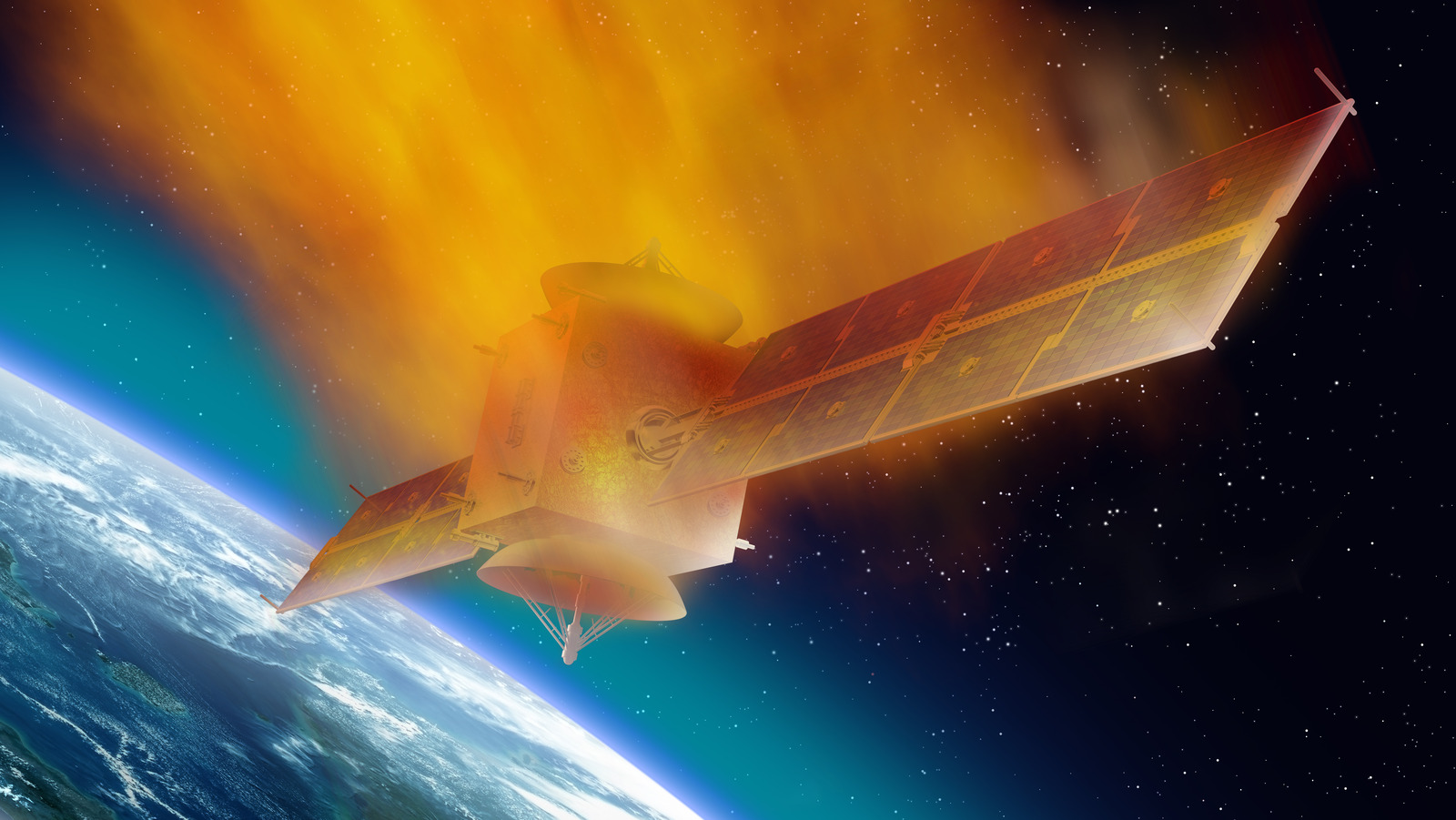
While not smashing various bits of debris into the planet we live on is arguably the ideal option, it’s just not practical. Point Nemo is arguably the best place for space debris, and its remoteness isn’t the only factor. While not harming human life is the main priority, and Point Nemo is as far as you can get from Earth-based humans, you’re also unlikely to bother any plant or animal life there either.
Research has shown that ocean currents in the area are extremely weak. This limits the flow of nutrients into and around Point Nemo, and means any kind of life has a hard time surviving there. Those weak currents also limit the chances of anything undesirable leaking out from the space debris into more delicate ecosystems.
The UV rays hitting Point Nemo are also particularly intense, which again makes it difficult for plants, animals, and microbes to live in the area. So there’s little chance of a lump of space station clocking a turtle, dolphin, or anything else we’d rather not bother further.
With that being said, there is one big problem Point Nemo can’t solve. Scientists have observed aluminum particles in the air. They believe that the particles come from de-orbited satellites and other bits of space debris, and they are released before it hits the ocean. So, it’s a problem wherever we’re landing our space junk. There’s an option that prevents this problem, but that isn’t ideal either.

